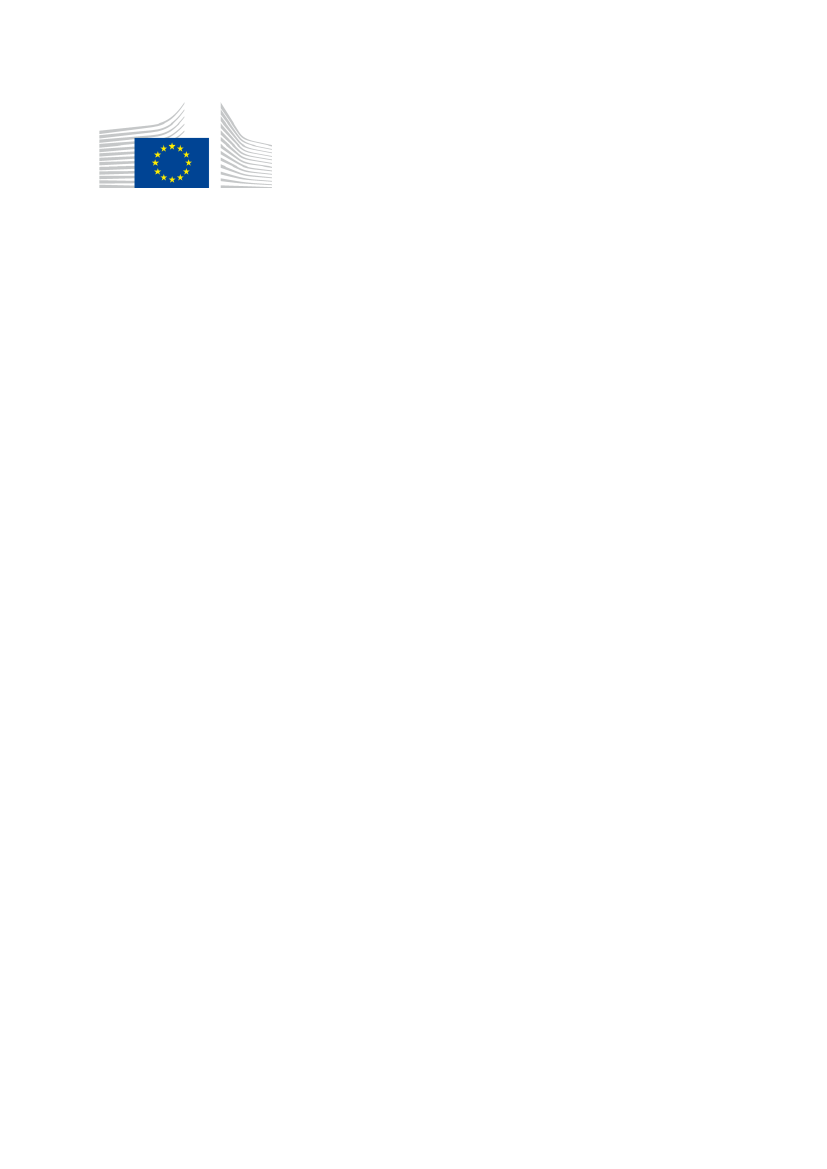
EUROPEAN
COMMISSION
Brussels, 4.5.2018
SWD(2018) 246 final
PART 6/9
COMMISSION STAFF WORKING DOCUMENT
Accompanying the document
Report from the Commission to the Council and the European Parliament
on the implementation of Council Directive 91/676/EEC concerning the protection of
waters against polllution caused by nitrates from agricultural sources based on Member
State reports for the period 2012-2015
{COM(2018) 257 final}
EN
EN